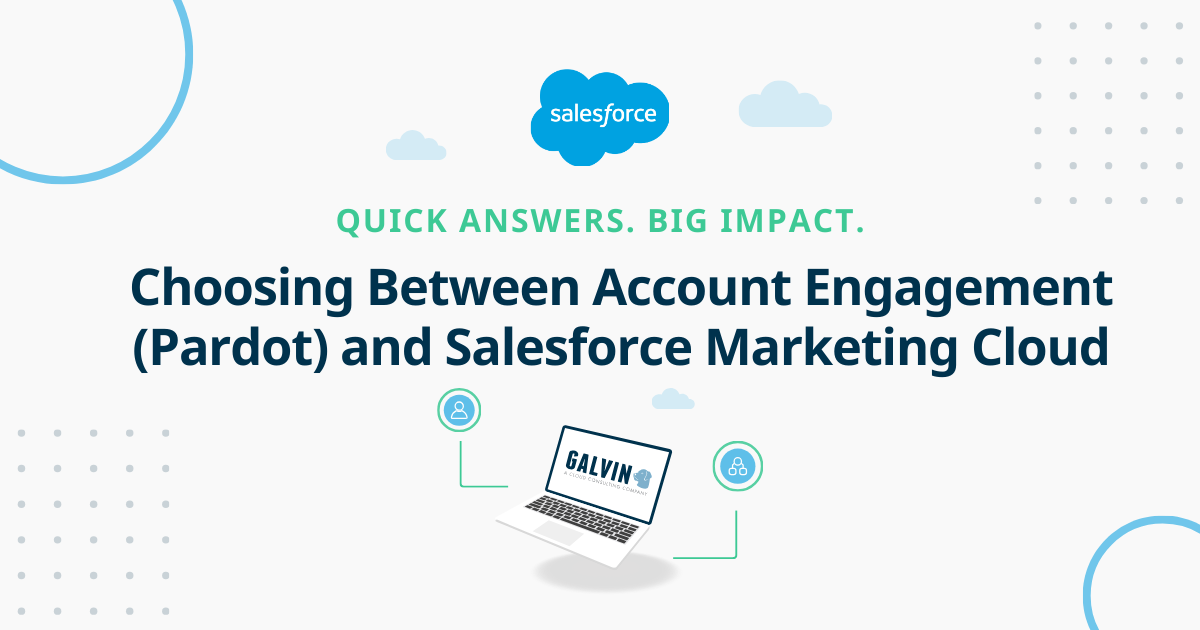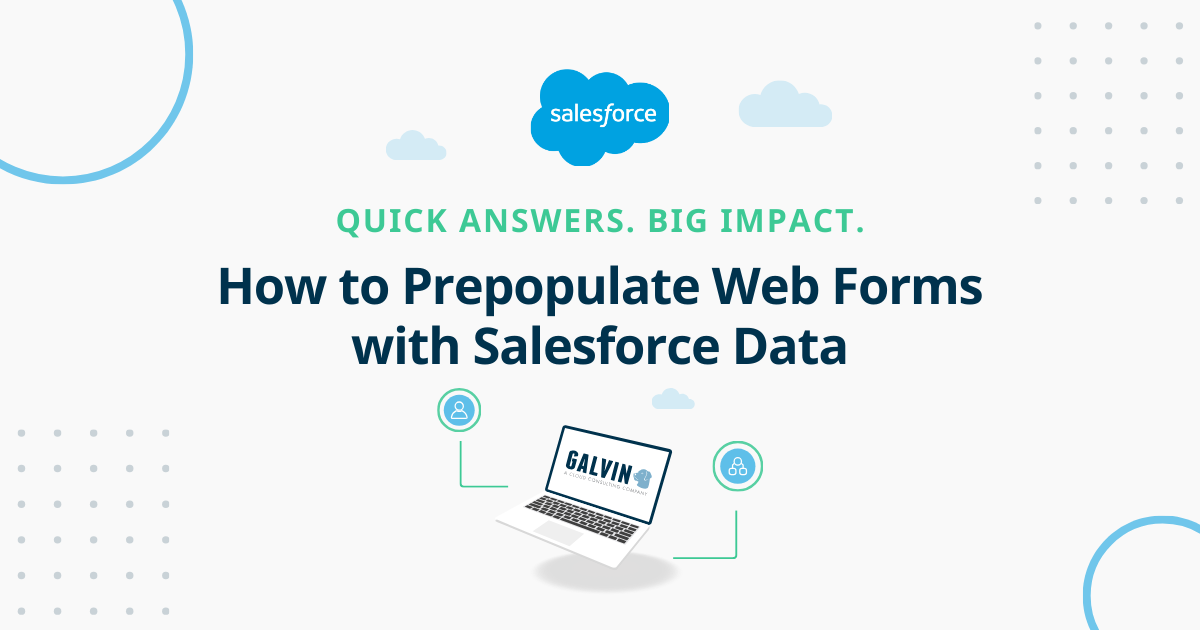Social Media by the Numbers
You’ve got a Twitter account, a Facebook fan page, and Linked-In portfolio. You’re posting good quality content on a regular basis, and you’ve developed a large following. Things just couldn’t be better. Or could they? Do you know? Here are some key questions you should be asking yourself regarding your social media strategy, and some of the metrics where you will find the answers.
Is Anybody Out There?
The size of your social media audience is the easiest statistic to track, and while it’s not completely worthless, it’s far from the most important measure of success. It is also, arguably, the easiest metric to control: follow enough people and eventually enough people will follow you back. How many people is enough? That’s trickier. When I’m building a following from scratch, I pay less attention to the exact numbers and instead go by feel. At some point, assuming I keep up with relevant and interesting content creation, re-posts following the most-interesting people, and giving shout-outs to the most prominent followers, I invariably notice the network starting to grow organically on its own, with less and less effort on my part. If your reach is growing by at least 2-3% per week on its own (real people, mind you; not automated scripts or follow-bots), without actively having to seek out new followers, then odds are that you have found that “critical mass” that I, personally, consider success. While I may be cheating a little here, as this is not a hard-number metric by any means, I find it is much more reliable than simply counting up the number of followers you have and picking an arbitrary number as the “success” line.
Is Anybody Listening?
Every social media platform has their own means for your followers to acknowledge and/or share your content. Twitter has re-tweets Facebook uses likes and shares; Linked-In, just likes. These are easily tracked scores that tell you how your content is resonating with your audience. It is therefore no coincidence that almost all social media monitoring metrics — such as Klout, EdgeRank, and Gradr scores — are essentially variations of a formula largely based this engagement-to-impression ratio. While this number is certainly more important than reach, it doesn’t give you a real measure of success. With a large enough network, certainly somebody is going to acknowledge or share your content. This is fine for individuals and some companies, whose goal is to simply get their name out there for SEO purposes, or to establish subject matter expertise to affect a more-direct sales engagement. In the long run, however, you can’t convert ten thousand followers into money, and “likes,” by themselves, don’t help your company’s bottom line in the least. To get the most-useful information for tracking social media success, you need to move beyond these trendy single-number scoring sites and into deeper, more time-consuming analytics — which may be why many companies stop here, and eventually find they are unable to justify the time spent on their social media efforts.
Is Anybody Converting?
Odds are, if you’re doing it properly, at least a portion of your social media posts contain a call to action in the form of a link back to your website, where the real action happens. The desired response may be to get your audience to do something simple like reading a blog post, taking a survey, filling out a contact form, or purchasing a product at the other end of that link? Do you know how many people clicked the link? Do you know what they did when they got there? Do you know which segments of your audience responded the most? Finding these answers usually involves a deeper dive into your customer’s experience that beings with comparing web traffic logs and behavior patterns against social media links. A simple check of referrers will tell you which social media services drive traffic to your web site. To get more detail, have each post link to a unique landing page or embed campaign codes in your URLs to determine which specific posts are resonating with your audience. Analyze those posts individually to ascertain what qualities made them more successful. Do not, however, make the common mistake of assuming that a visitor on your site means your post was a success. Pay attention to bounce rate, time on site, and number of pages viewed for your social media traffic. Compare your posts individually against each other and against your site’s traffic as a whole to see whether this audience is more or less engaged than the average visitor. Be prepared to adjust your strategy completely until you find a consistent voice, tone, and message that work for your product and market.
What Do They Think of You?
As with most things, the key metric to be watching is one that can’t be automated and takes the most time and effort to assess. I speak of the all-important “sentiment index.” How often is your audience talking about you? What are they saying? Is it good or bad? Two hundred mentions on Twitter are great and will really boost your Klout score, but what if 190 of them are customer complaints? There are several third party services that will happily perform opinion mining or reputation management tasks on your behalf, but the most value is derived from taking the time to do this yourself. Computing a sentiment index is really nothing more than going through all of your social media services, reading each post and comment left about your company, evaluating its tone, and manually writing down those totals on a monthly or quarterly basis. You may want to simply rate each post as good, bad or neutral. You may wish to use a severity scale from 1 to 10. You may want to factor in the reputation of the person who left the comment. Are they chronic complainers or kiss-ups that no one takes seriously? Are they reputable impartial reviewers or bloggers? Are they average Joes on the street not normally prone to making comments but feeling especially compelled by your product or company to speak their opinion this one time? How deep or cursory you wish to be when qualifying sentiment is completely up to you. The actual method used to compute the index is less important than being able to compare the numbers on a consistent month-by-month basis. Above all, take the time during the process to thank, and possibly reward, those who said nice things about you. Be sure to address any negative comments and clear up any misconceptions from the more negative posts. Most importantly, do not ignore the results.
Being able to track and measure the success of a social media strategy is crucial to recognizing a return on investment. While it is easy to get caught up in watching an aggregate number assigned to you by a “social media ranking site” shrink and grow on a daily basis, or seeing how many followers you are able to add in a week, the truly useful information that affects your company’s bottom line is not in how many people see your content, but in what they did with it and what they thought of your company afterwards. Those numbers take a little more care and effort, but are much more rewarding in the end.












